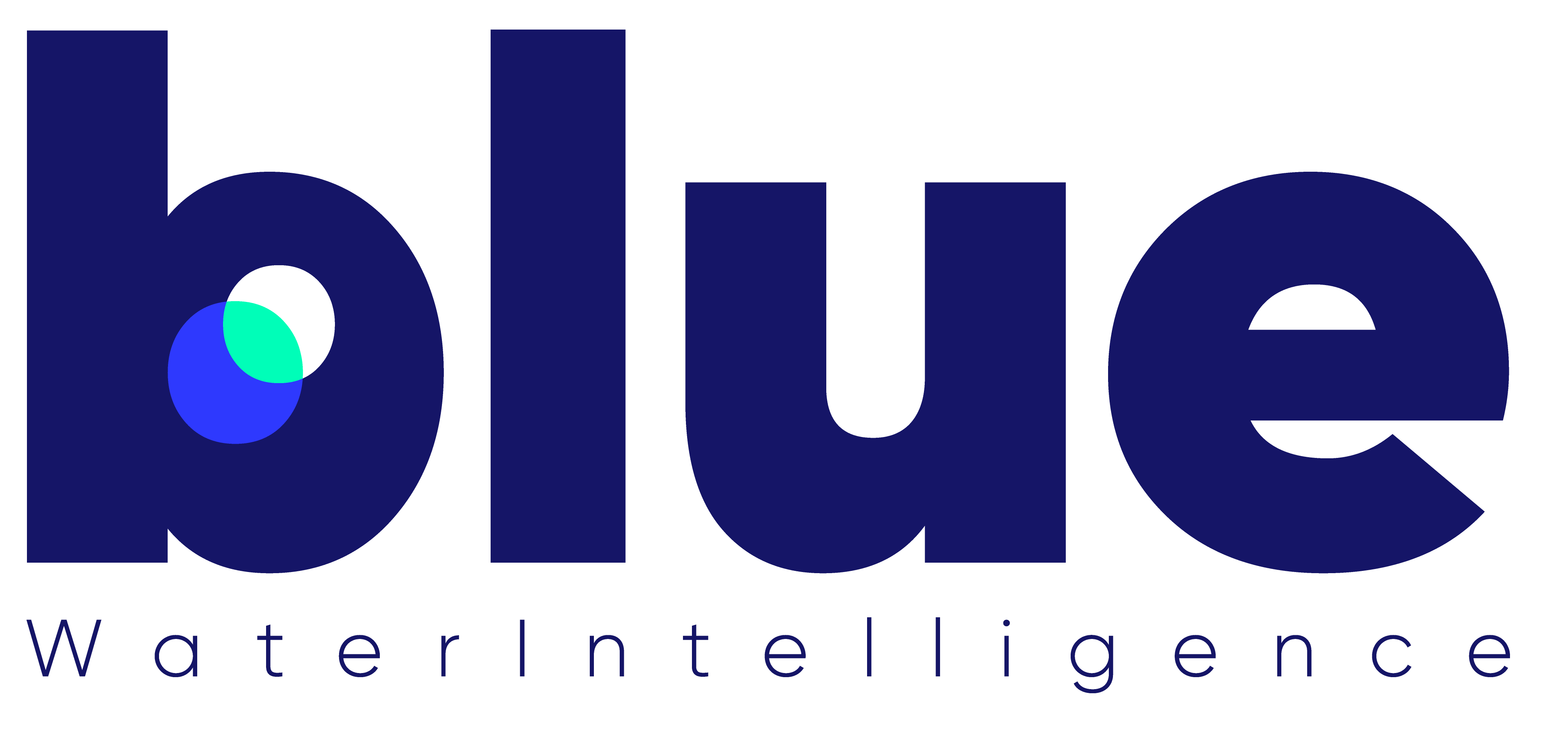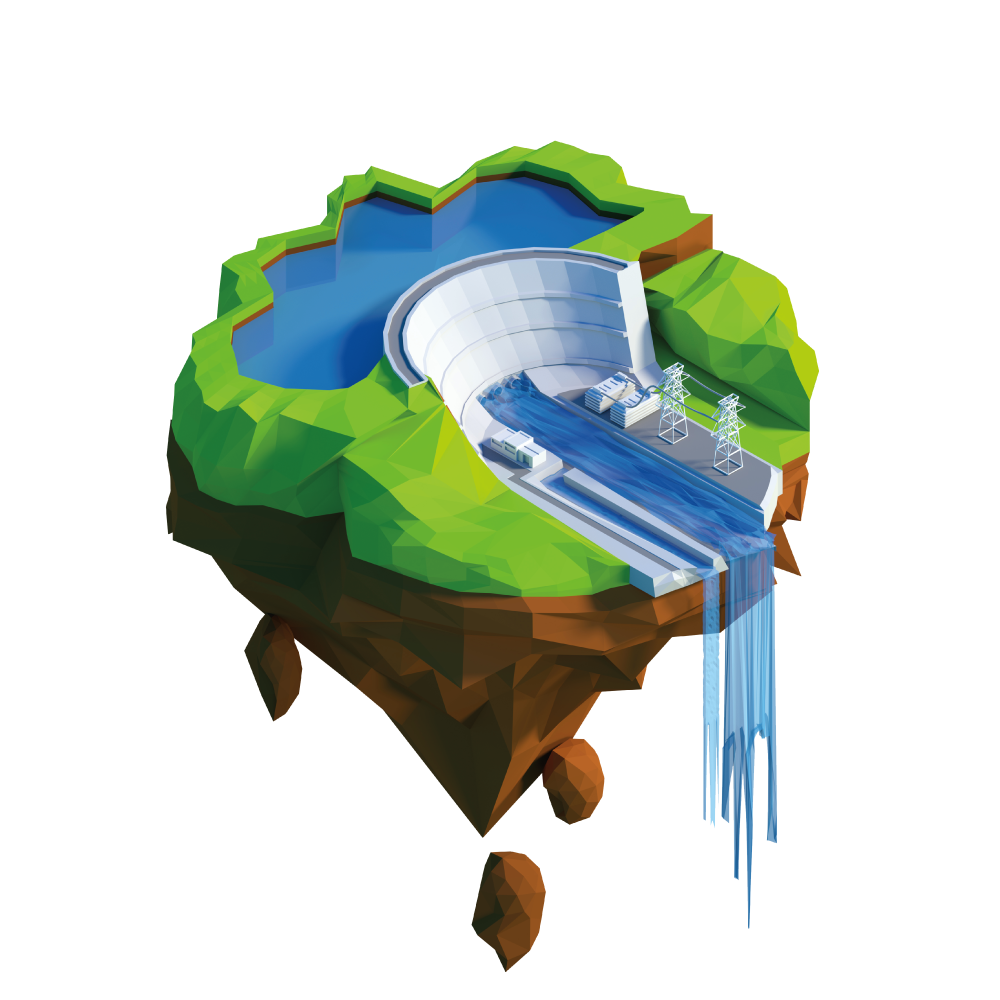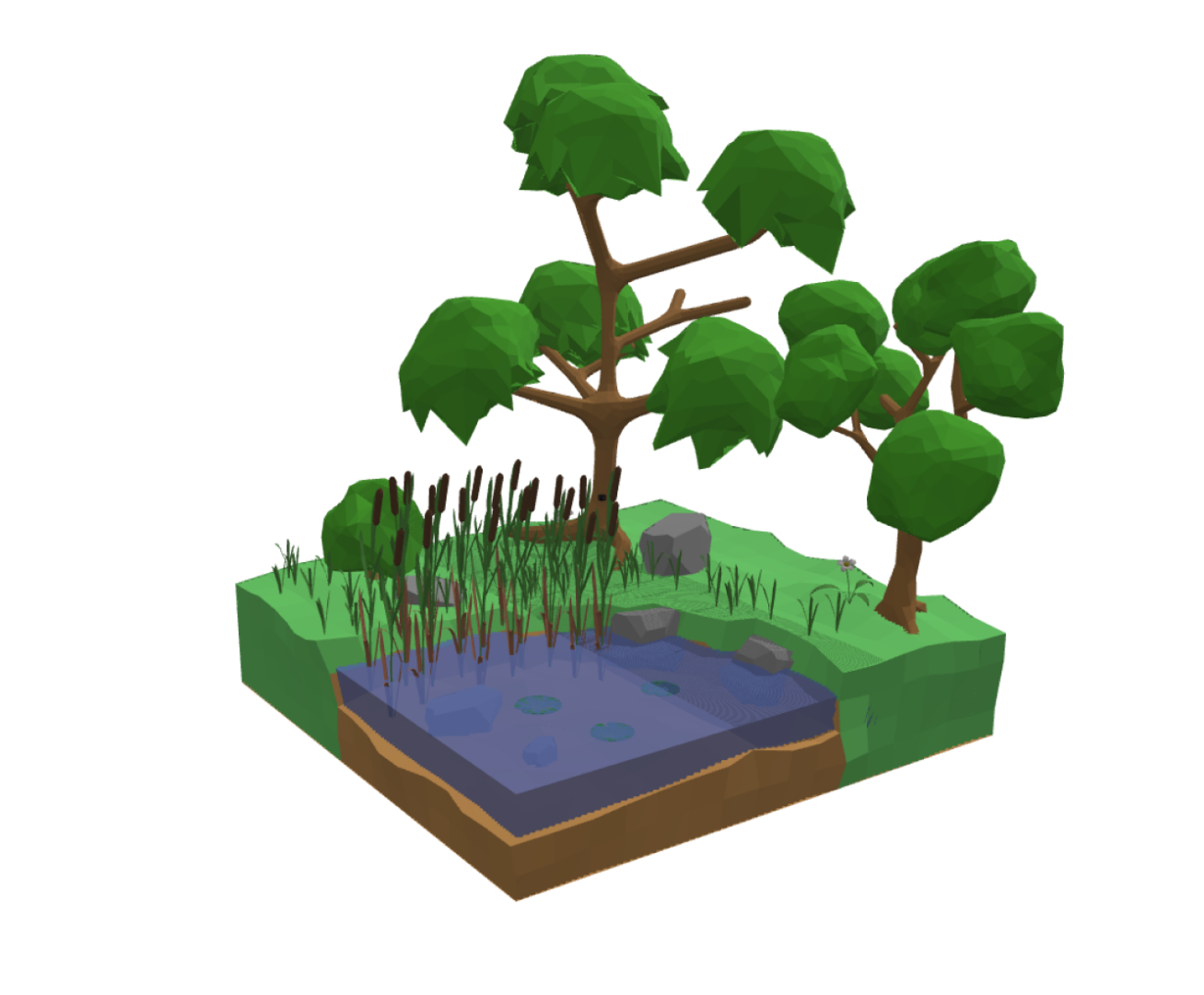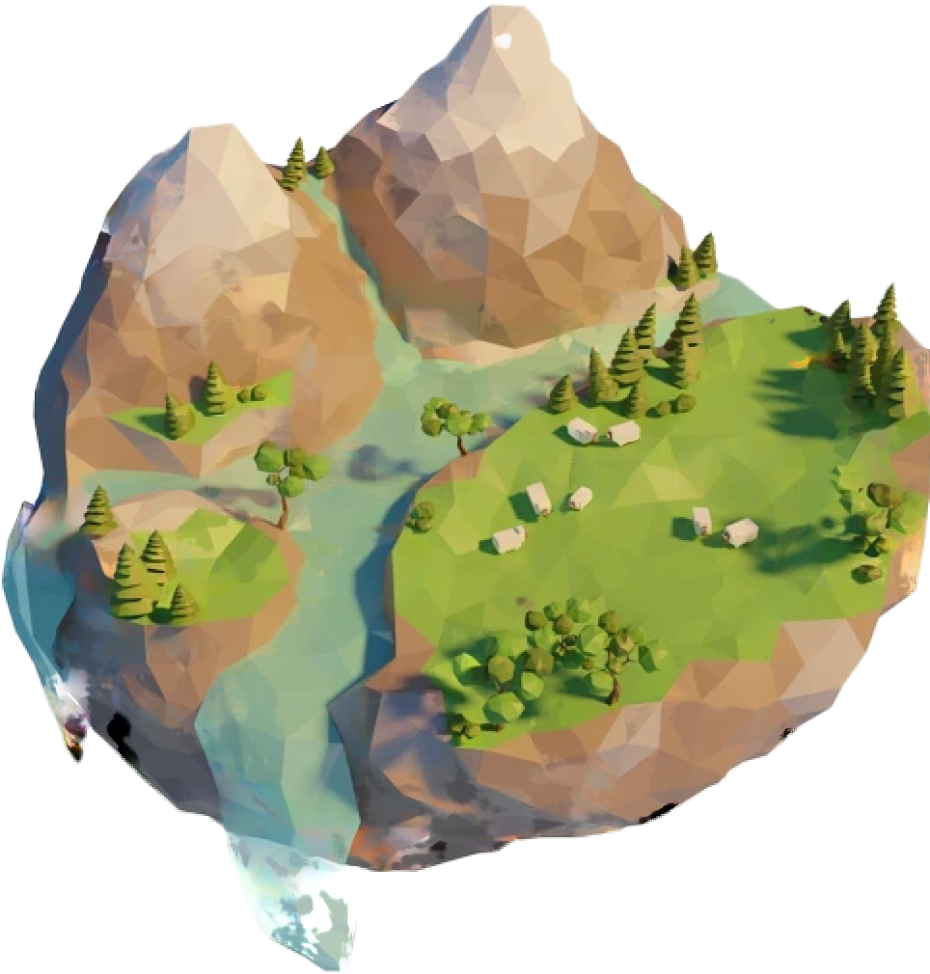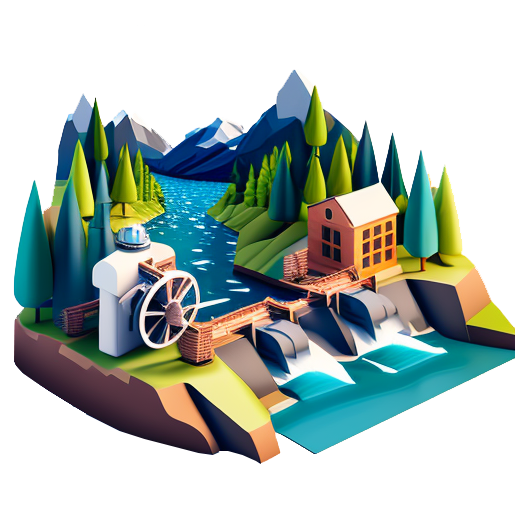Did you know that the Internet also contributes to climate change? Have you ever heard of greenhouse gas emissions generated by your online activity?
Using your computer, browsing the Internet with your smartphone, consume energy, via thousands of cables and computers that run permanently in data centers, and also because greenhouse gas have been necessary to manufacture and ship these devices.
At BWI, we’ve applied eco-design practices to this website because of our goal to minimize its carbon footprint.
-The code has been optimized to be generated quickly and with the minimum possible resources.
-Compressed Images.
-Limited CSS styles.
-Few plugins are used to avoid loading useless libraries.
Each visit to this website generates about 0.41g of eCO2. That’s still too much, but we’re working on mitigating these carbon emissions further.
BWI is also a Planet Tech’Care signatory.
